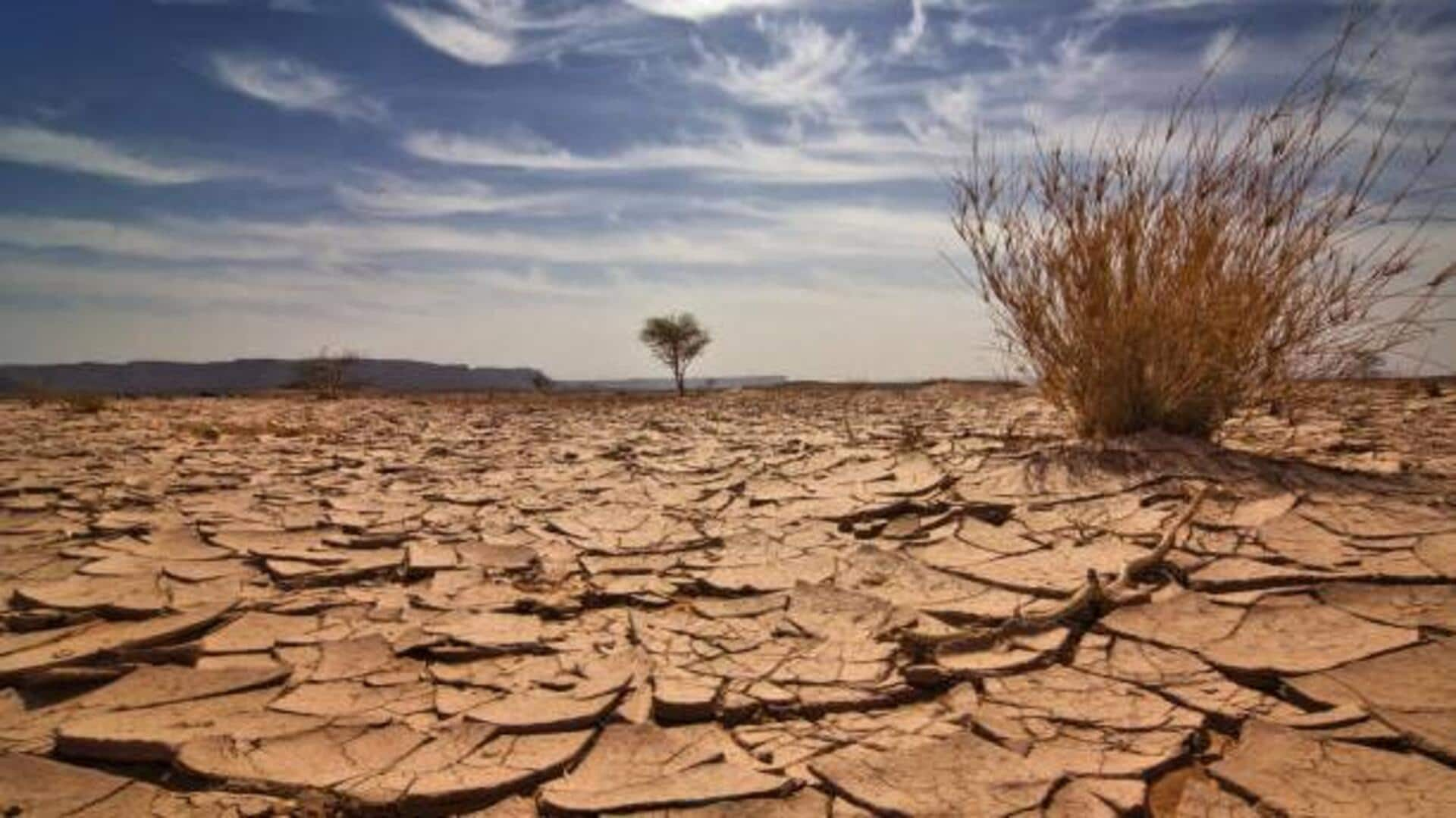
African soils: Types, importance, and challenges
What's the story
African soils are as diverse as the continent's landscapes, and understanding them is key to sustainable agriculture. From nutrient-rich volcanic soils to arid desert sands, each type has its own unique characteristics that affect crop growth. Here, we take a look at five fascinating facts about African soils that highlight their importance and challenges in farming practices across the continent.
#1
Volcanic soils: Nutrient powerhouses
Volcanic soils, found in regions such as East Africa, are famous for their fertility. Formed from volcanic ash, these soils are rich in essential nutrients like potassium and phosphorus. These nutrients make them ideal for growing crops like coffee and tea. The high fertility of volcanic soils often leads to increased agricultural productivity, making them a valuable resource for local farmers.
#2
Desertification challenges in Sahel region
The Sahel region of Africa faces severe desertification, which is the gradual transformation of fertile land into desert. This phenomenon is largely due to climate change and human activities like deforestation and overgrazing. Desertification depletes soil nutrients and reduces agricultural yields, threatening food security for millions of people living in the area. Efforts are being made to combat this issue through reforestation and sustainable land management practices.
#3
Acidic soils in Central Africa
Central Africa has acidic soils that can hinder crop growth by limiting nutrient availability. These soils are usually low in essential minerals such as calcium and magnesium, which are critical for plant health. Farmers in the region have to adopt soil amendment techniques, such as adding lime or organic matter, to improve soil pH levels and support better crop yields.
#4
Laterite soils: Iron-rich but challenging
Laterite soils are common across tropical regions of Africa, where high rainfall leaches away nutrients from the topsoil layer. Although they are rich in iron oxide, making them reddish-brown, they are also poor in other essential nutrients such as nitrogen or phosphorus. This makes them difficult for agriculture without proper management techniques like crop rotation or intercropping systems.
#5
Sandy soils along coastal areas
Coastal areas have sandy soils that drain quickly but retain little moisture or nutrients needed by most crops. This makes them unsuitable for traditional farming practices without irrigation systems. However, these sandy substrates can be used effectively when growing drought-resistant plants. They require less water than conventional crops. This makes them ideal candidates for cultivation under these conditions.